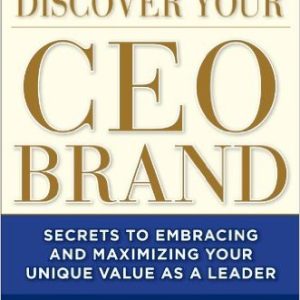| amazon_link | https://www.amazon.com/Brick-Wall-Breakthrough-What-Next/dp/0990343006/ |
|---|---|
| media_type | Hardcover, Kindle |
Business & Finance
Brick Wall Breakthrough. What the @#$%! Do I Do Next?: Actions for Exceptional Sales and Service
Written for business owners and managers, it is a how to guide to achieving exceptional sales and service. Organized around the fundamental drivers of growth- sales and service – those areas of excellence leaders need to master to survive and thrive. Presents ideas, tips and techniques in “action drivers” designed for immediate action.






Reviews
There are no reviews yet.